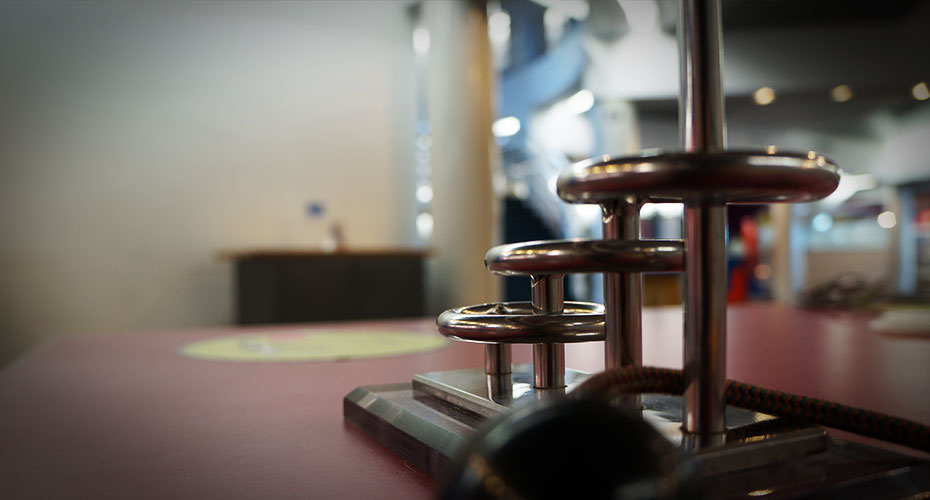In this activity, the class is assigned a crime to solve based loosely on the story of Goldilocks and the Three Bears.
Students will experience how forensic techniques are used to collect and process evidence to identify a culprit. With the aid of the Case Book provided, students gather and record evidence from tool marks, fingerprints, handwriting, hair samples and shoe impressions to confirm the identity of the culprit.
Case: Goldilocks and the Three Bears—A tale of Breaking and Entering
After a weekend trip to the city, the Grizzly family arrived late to their cottage home to find it had been vandalized. Upon entering their home, the family found their living quarters in a shambles. Their furniture was upended, food was scattered everywhere, and there was graffiti on the walls. As the family walked through their home, theyfound their son’s chair broken and bowls of porridge left half-eaten in the kitchen. Hearing a noise, Mr and Mrs Grizzly rushed upstairs to catch a glimpse of the vandal as she jumped out of the bedroom window, landing safely in the Grizzlys’ garden before running off into the night. Police arrived shortly after this encounter and proceeded to collect statements, take photos and gather evidence.
Police searched the surrounding area and compiled a list of suspects matching the description given by the Grizzly family.
Activity Stations:
1 - Tool Mark Analysis
2 - Fingerprint Identification
3 - Handwriting Analysis
4 - Hair Sample Analysis
5- Shoeprint Identification

